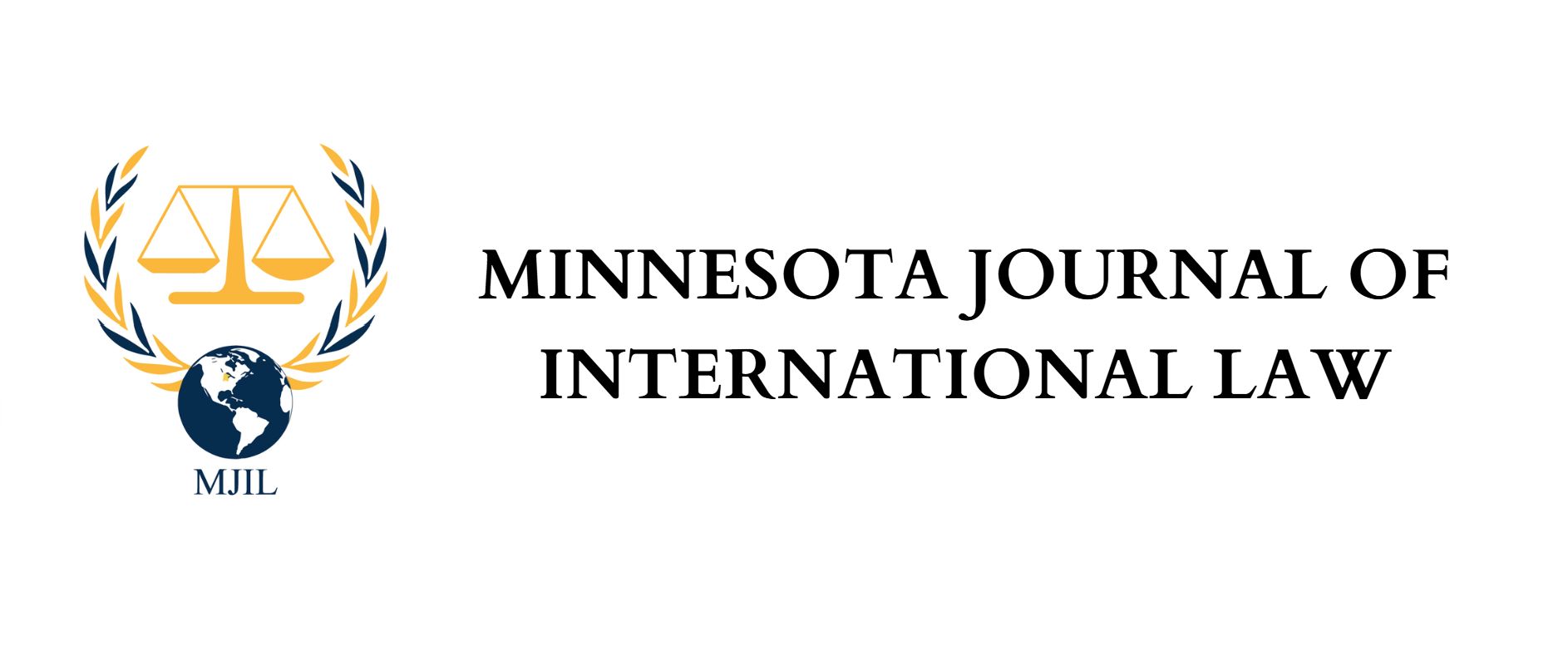By Tucker Windels
Last fall, the Organization for Economic Cooperation and Development secretariat released a statement outlining a proposal called the Unified Approach that would shift taxing rights to market countries using new nexus rules and a hybrid-transfer pricing system.[1]
The new nexus rules aim to address the growing concern that international taxation in the digital economy has fallen behind and failed to allow market countries to capture tax revenues from the value created in their jurisdictions with the current nexus rules.[2] Thus, the proposal seeks to deviate from the longstanding physical presence requirement and tax a sliver of income that could be attributed to market countries based on the underlying principle that in the current, digitalized economy multinational businesses earn income that should be taxed in a particular jurisdiction, despite not having a physical presence in that jurisdiction, because value is created, and revenue is earned from that market jurisdiction.[3]
Particularly, the new nexus rules aim to tax a portion of residual profit[4] calculated using a deemed routine profit metric such as a fixed percentage. Once routine profit is excluded to calculate residual profit, the question becomes how much of that residual profit should be attributed to market jurisdictions and how to allocate it among the various market jurisdictions. Notably, all residual profit would not be attributable to market jurisdictions because a portion would be attributable to other factors such as product and trade intangibles.[5]
Currently, there are a number of issues that could prevent the ultimate success of the proposal. For one, it seems unlikely that consensus can be reached by the end of the year, which is the project’s goal. The deadline is important because countries have already begun to adopt unilateral measures to address tax issues arising from the digital economy.[6] Extending the timetable to reach agreement on a multilateral level could lead to more countries taking unilateral measures, who in turn could very well be less inclined to come back to the table to reach an agreement on rules that would contradict their own.
Additionally, the OECD favors using fixed percentages to determine routine and residual profits to determine the amount that would fall under the new nexus rules.[7] With that comes issues of what percentages to use and how broad they will apply. For example, will they apply a global fixed percentage, or implement different percentages based on business lines or industries? This is one example of the lack of key details to the proposal.[8]
Most recently, after economic analyses have been conducted on the proposal, there has been growing concern that the new nexus rules would only produce modest tax revenue for market jurisdictions,[9] which begs the question, why attempt such a large overhaul of the international tax system and spend so much effort for a negligible effect? Furthermore, some say that an agreement reached soon would ultimately be of a political nature, and one that could actually be implemented with strong technical framework is years out.[10]
[1] See OECD, Secretariat Proposal for a “Unified Approach” Under Pillar One (2019) [hereinafter Proposal for a “Unified Approach”]; Ryan Finley & Stephanie Soong Johnston, OECD Unified Approach Proposes Sharp Break with Current System, Tax Notes (Oct. 14, 2019), https://www.taxnotes.com/tax-notes-international/base-erosion-and-profit-shifting-beps/oecd-unified-approach-proposes-sharp-break-current-system/2019/10/14/2b108.
[2] Michael Alliston, BEPS 2.0: A New International Tax System, 8 J. Int’l Banking & Fin. L. 539 (2019) (“The current international system of business taxation developed through the 19th and 20th centuries for ‘brick and mortar’ businesses which need a physical presence, such as an office, a shop or a factory, in order to generate revenue. Inevitably then, it has struggled to adapt to the digitalisation of the economy and the increasing importance to businesses of intangible assets, user participation and the collection of data.”).
[3] See OECD, Programme of Work to Develop A Consensus Solution to The Tax Challenges Arising from The Digitalisation of The Economy 7 (2019).
[4] Normal or routine returns are the required rates of return for business investments, whereas non-routine returns are those in excess of the normal return, also termed residual profits. That is, the normal return is one in which a business requires to undertake an investment in the first place, so it is effectively built into the original investment analysis. The super-normal, also called residual profit, comprises any profit left over after accounting for the normal return. Daniel Bunn, Summary and Analysis of the OECD’s Work Program for BEPS 2.0, Tax Found. (June 18, 2019), https://taxfoundation.org/oecd-work-program-beps-analysis/.
[5] Proposal for a “Unified Approach”, supra note 1, at 15.
[6] Elke Asen, Announced, Proposed, and Implemented Digital Services Taxes in Europe, Tax Found. (July 18, 2019), https://taxfoundation.org/digital-taxes-europe-2019/ (last updated Oct. 25, 2019) (stating that other European countries that have proposed digital services taxes include Austria, Belgium, Czech Republic, and Turkey).
[7] Proposal for a “Unified Approach”, supra note 1, at 14.
[8] See Finley & Johnston, supra note 1 (“[The proposal] acknowledges that significant implementation challenges remain. The document includes a list of complex technical questions that have yet to be resolved, including the possible segmentation of business lines, treatment of losses, and sourcing of sales.”).
[9] Ryan Finley, Practitioners Fear BEPS 2.0 Agreement May Not Be Good Enough, Tax Notes (Mar. 16, 2020), https://www.taxnotes.com/tax-notes-international/transfer-pricing/practitioners-fear-beps-20-agreement-may-not-be-good-enough/2020/03/16/2c87f.
[10] Id.
